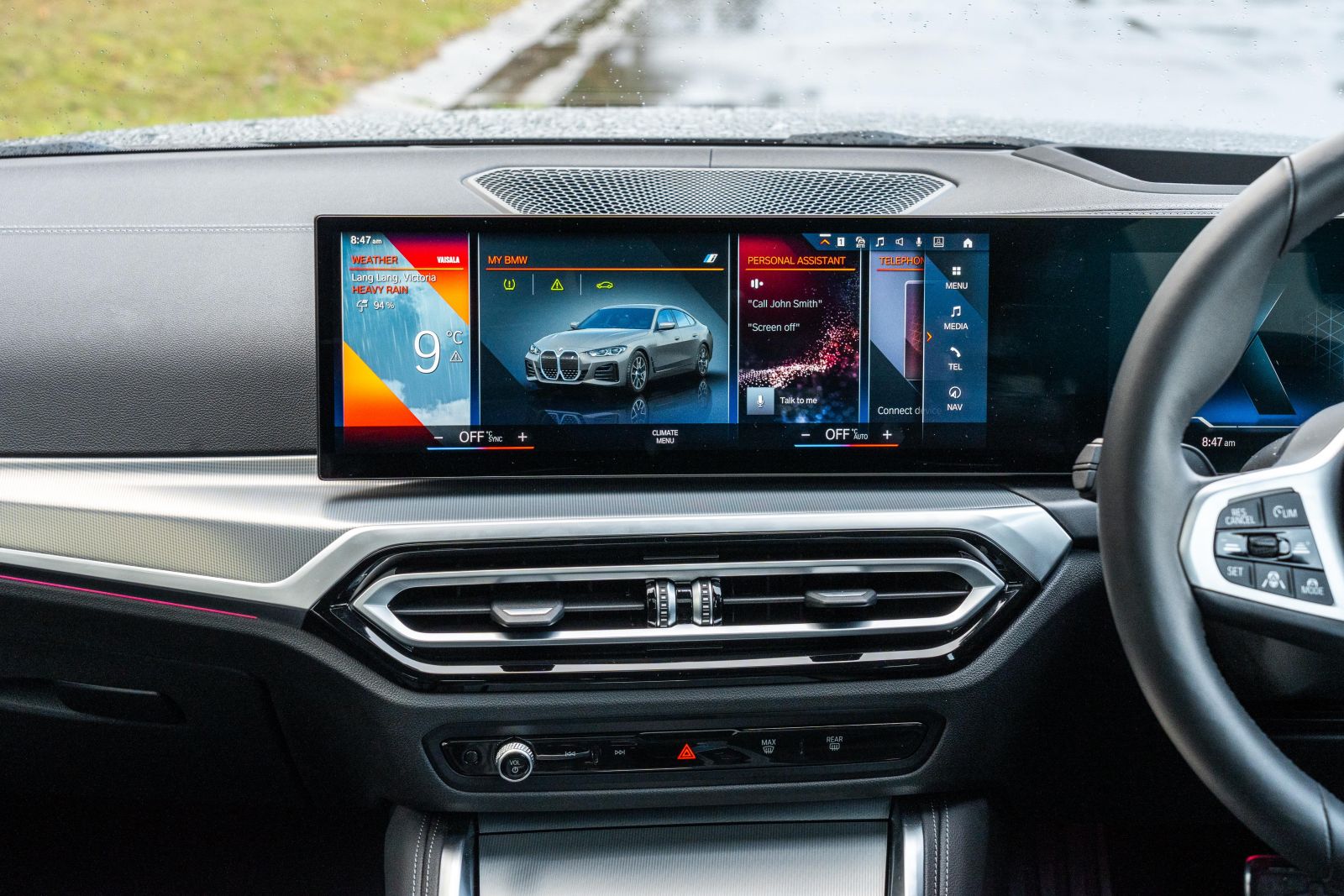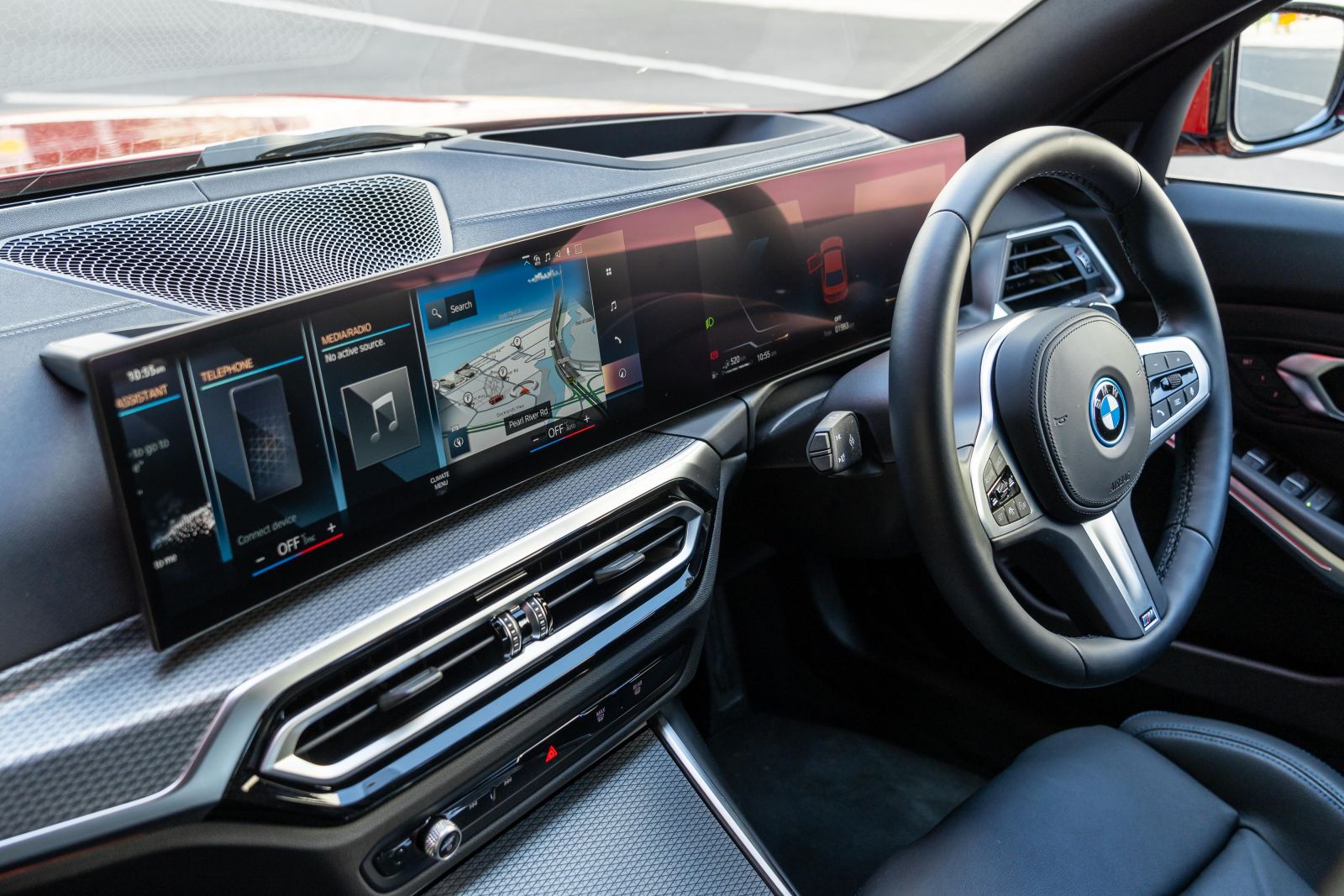BMW has previewed the latest iteration of its iDrive infotainment system, which will be split into two different versions.
The Linux-based iDrive 8.5 infotainment system will initially be introduced as an over-the-air software update for models including the i4, 7 Series, X5, X6, X7, and XM from July this year.
More models with iDrive 8.5 will follow at a later date but it will only be available in vehicles with the largest version of the BMW Curved Display.
The recently announced, Android Automotive-based iDrive 9.0 will follow in November this year and initially be introduced in the X1 and 2 Series Active Tourer.
BMW says iDrive 9.0 is still being developed but will be specific to compact-class models with the BMW Curved Display.
It’s understood BMW vehicles currently using the Linux-based iDrive 8.0 won’t be able to receive the new Android-based iDrive 9.0 as they are built on different frameworks.
Initial images of both iDrive 8.5 and iDrive 9.0 show they look virtually identical and have a new, customisable home screen that has been optimised for ease of use.
There’s a new QuickSelect functionality that allows users to directly select entertainment programs, contact lists, vehicle settings, or start the BMW Intelligent Personal Assistant with a touch.
The home button is now also down the bottom in the middle of the touchscreen instead of in the top left-hand corner.
The German carmaker says the Curved Display will continue to serve as the point of interaction for the “multi-sensory BMW iDrive experience”. Does this mean BMW plans to get rid of the iDrive rotary controller on more models in the future?
Although BMW hasn’t mentioned any differences between the Linux-based iDrive 8.5 and Android-based iDrive 9.0 thus far, a previous report indicated the former won’t come with an app store functionality.
BMW isn’t the first to announce that its cars will receive Android Automotive OS.
The technology was first used in the Polestar 2 and has since populated to vehicles such as the Volvo XC40 Recharge, GMC Hummer EV and Renault Megane E-Tech Electric.
In February 2021, Ford Motor Company announced it was partnering with Google and would implement Android Automotive OS into Ford and Lincoln vehicles from 2023.
Volvo also announced in April 2022 that all its models will have Android Automotive OS from the 2023 model year.
It’s worth noting Android Automotive isn’t the same as Android Auto, which has been around for longer.
Android Auto runs on your smartphone and displays apps and notifications on your car display, whereas Android Automotive is the infotainment’s operating system itself and doesn’t require your smartphone to be connected.
Although Google may seem rival-free with its Android Automotive OS, Apple is hot on its tail with a next-generation version of Apple CarPlay that will offer deeper integration into areas like the digital instrument cluster and climate control.
Apple announced this at its Worldwide Developers Conference (WWDC) last year and has already confirmed Audi, Ford, Honda, Jaguar Land Rover, Infiniti, Mercedes-Benz, Nissan, Polestar, Porsche, Renault and Volvo are working to integrate the system in their next-generation vehicles.
The first cars featuring this next-generation Apple CarPlay system will debut in late 2023, though it’s not yet clear if it will be run solely from a phone, or whether it’ll be integrated more deeply into the vehicle.
MORE: BMW iDrive 9 confirmed for 2023 launch
MORE: BMW debuting Android Automotive infotainment in 2023






